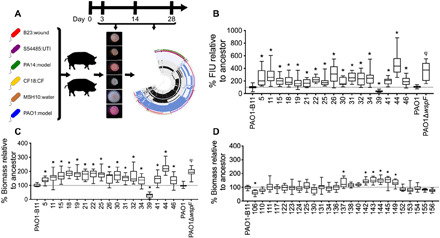Fig. 1. PAO1 RSCVs isolated from porcine burn wounds have a hyperbiofilm phenotype.

(A) Summary of the experimental design. Six P. aeruginosa strains were inoculated into 12 wounds on two pigs, and biopsies were taken on days 3, 14, and 28 after infection. RSCVs were isolated and subjected to sequencing and analysis. (B) A cyclic di-GMP reporter was electroporated into PAO1 RSCVs that were selected for sequencing. Cyclic di-GMP levels were measured as green fluorescence and reported as fluorescence intensity units (FIUs) normalized to the ancestor strain, which was set at 100%. FIU was normalized to optical density. N = 3, each with four technical replicates. Biofilms of PAO1 (C) RSCVs and (D) non-RSCVs that were selected for sequencing were grown in a 96-well plate for 4 hours. Biofilm biomass was quantified by crystal violet. Biofilm biomass was expressed as a percentage, relative to the ancestor strain, which was set to 100%, N = 4, each with four technical replicates. *P < 0.05 compared to the PAO1-B11 ancestor [one-way analysis of variance (ANOVA) with Tukey’s post hoc test], and φP < 0.05 compared to PAO1 (Student’s t test). Numbers on x axis denote isolate number.
